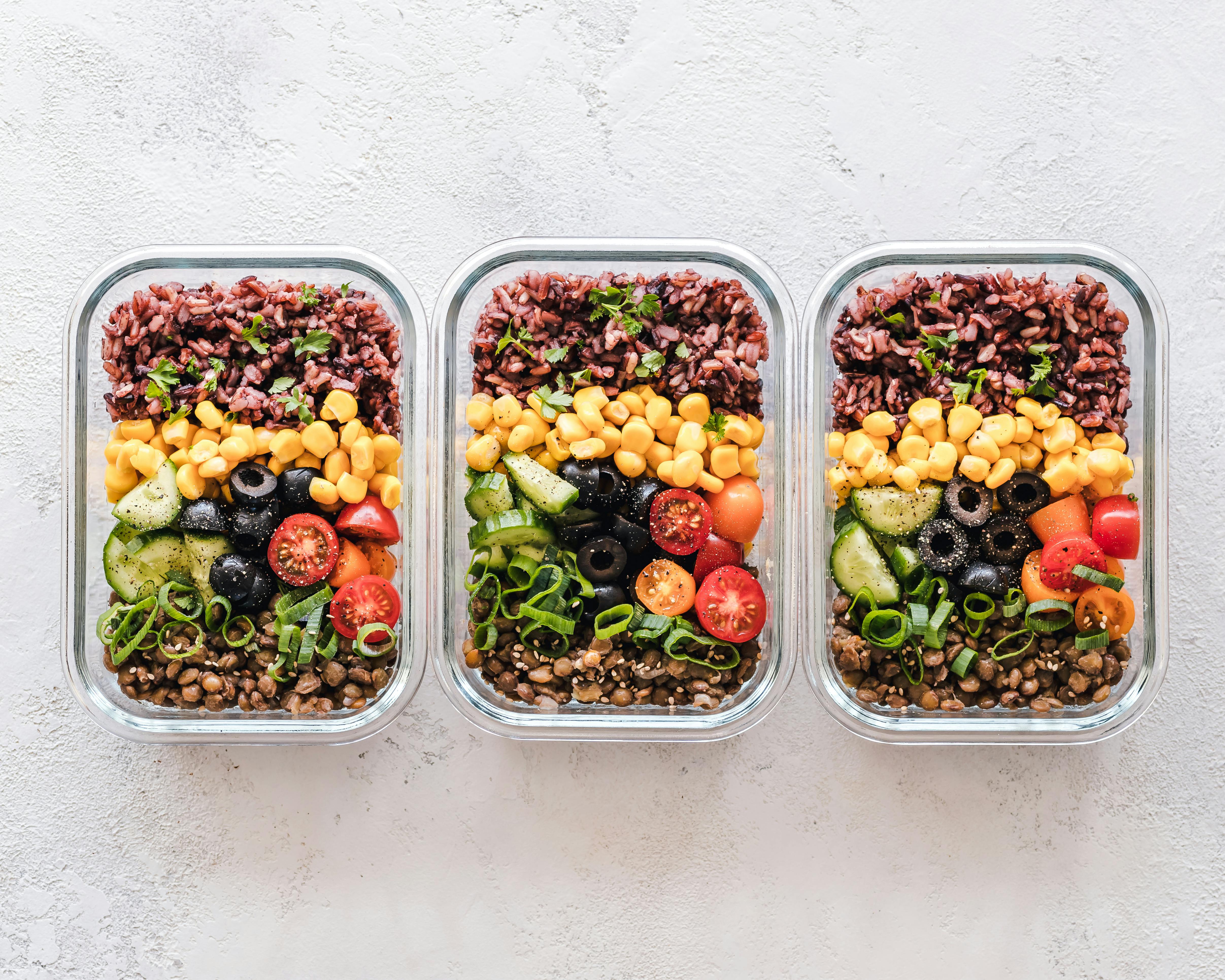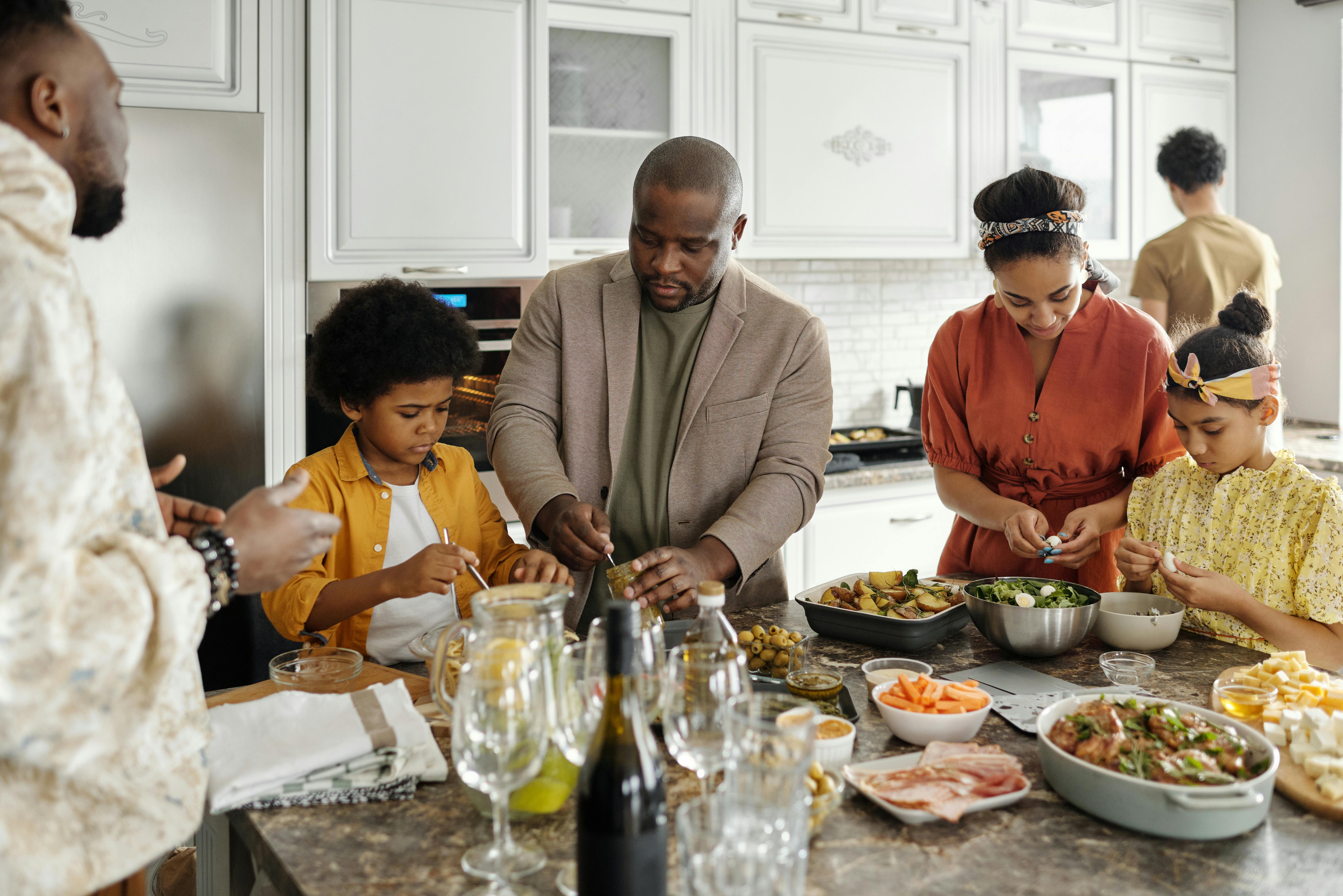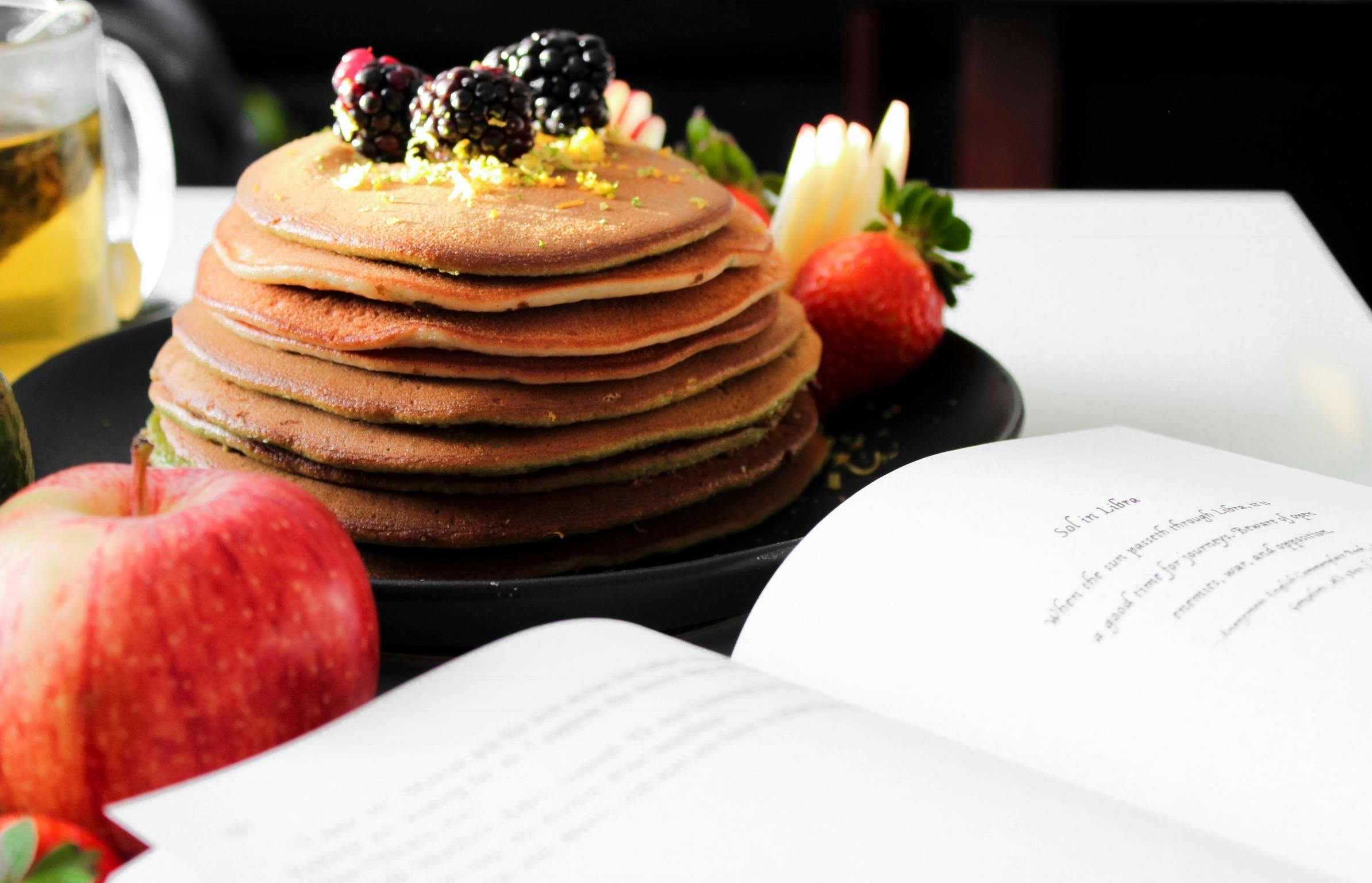This week our children return to school. They are ecstatic and we are also very excited. This is the beginning of our fourth year as Waldorf parents and our enthusiasm has not diminished with time. On the contrary, each year we are more certain that Waldorf is the perfect place to send our children.
The effect of a Waldorf education is to grow a child, with careful attention, into a strong, deeply rooted, free-thinking adult, comfortable in spiritual and worldly matters, and able to see the spiritual in the mundane. The Waldorf curriculum recognizes that the child is a creature of nature and spirit, and both aspects are nurtured and interconnected as the child grows.
Enough reading! What do you really see in a Waldorf kindergarten?
Tidy cubicles. Near the entrance to the room is a row of wooden cubbies containing rain boots and rain gear (or snow boots and snow gear, depending on the time of year), slippers, shoes, and a change of shoes. clothing. Kids at Waldorf play outside for at least a short time every day, regardless of the weather (well, except for thunderstorms and blizzards). Children this age are still as closely tied to the natural world and need that time outdoors as they need to sleep and eat. There are no names written on the cubicles; each cubicle has a personal symbol drawn by hand (a fawn, a squirrel, a maple…). This same symbol is used to mark the child seat. Writing is not used, because Waldorf kindergartens do not teach reading. (See footnote below).
Organization of the room. There are no rows of desks. It’s an open space with a mix of carpet and flooring, a large table with children’s chairs around it, and activity areas lining the walls: a small functional kitchen, a dress-up area, a privacy corner, etc. — all seductive to a child’s heart.
Kitchen area. A work sink with basins, ceramic plates, solid glass glasses and cotton cloths. Here the children wash their napkins, plates and cutlery after snack time.
Natural materials. Speaking of ceramics, glass and cotton, everything you see around you in the room is made of natural materials: wood, stone, metal, glass. no plastic Children this age are still integrating their senses (as you’ll know if you know a child with sensory integration issues, as we did), and it’s very helpful for them to be able to match the texture, weight, color, and pattern of consistent way. Natural materials like wood always look and feel the same; the child receives a consistent message. Plastics have dazzling colors and lots of weird textures and weights. Also, natural materials are simply more comfortable for a young child.
costume area. Here is a rack with costumes hanging on it and a basket full of crowns, boas, sashes and capes. All costumes are made from cotton, wool, silk, and other natural fibers.
Nature table. Children always find treasures in nature: pine cones, rocks, feathers, flowers, cicadas shells, autumn leaves. On this table they are arranged with love, a kind of altar to nature.
Privacy corner. My second daughter loved this place. Silk curtains are hung to enclose a space of about four square feet, perfect for just sitting quietly when that’s what she needs. No more than two children are allowed in the privacy corner at one time. My daughter loved coming here and sitting and singing to herself, and whoever joined her in the corner.
Craft time. Kids do crafts, not worksheets. They learn the specialty of Waldorf painting: the wet-on-wet method, which encourages experimentation with color mixtures. They also learn to sew, felt and make gnomes.
Free game. Allowing children to play freely allows them to develop as they wish. It is important to note that while children play, adults do not do paperwork; they do tangible work that children can safely participate in or imitate: washing dishes, ironing, polishing apples, oiling wood, baking bread. The point is to create an environment where children can feel safe, but not central. It’s not healthy for children to feel that adults have nothing better to do than worship them.
Birthday celebrations. On the child’s birthday, the class has a party. The children gather as the teacher tells the story of the child’s birth and life so far. Invariably, the story begins with the boy’s spirit looking down to earth and deciding to come down to join the people there. Candles can be lit as the story is told, another candle for each year of life. Then the children have a special cake that has been baked by the teacher.
Food: All the food is completely natural, without chemicals or strange additives. The menu emphasizes whole grains and organic foods. Children usually help with the preparation. Snacks are usually oatmeal or some other porridge, fruit, tea, and water.
And there’s a wooden rocking chair, with sheep’s wool on the back. This is where the teacher tells stories, the children gathered at her feet and on her lap. Here is the home of the classroom, where you can feel the lingering young hearts even when the room is empty.
Not all classrooms will be the same, even within a single school. A Waldorf school is not organized as a hierarchy, but as a cooperative of teachers. There are no precepts issued by the State or by the head of the school, not even by the National Association of Waldorf Schools. Teachers plant their personal stamps in their classrooms. Still, you will see most of these things in every kindergarten. Waldorf teachers know what works.
You can find many of these things in many of the best non-Waldorf kindergartens. But Waldorf brings them all together. More importantly, at Waldorf, they are the essential business of kindergarten, not something to keep kids happy while you try to force the 3Rs down their throats. Natural materials, stories, birthdays, everyday chores, simple crafts—these are the kindergarten center because these little children are still very wild things, like butterflies that have roamed the garden of life. As they grow older, they will gradually be tamed, through their efforts and their own. Don’t push him! They tame too soon. Let them settle into humanity at their own pace.
Footnote on reading. Maybe you can read between the lines in this post and find out why Waldorf kindergartens don’t teach reading. The simple reason is that many children, perhaps most, are not really ready to read at this age. They will probably learn it if forced on them, but many will resist and end up learning that reading is hard work and not enjoyable. Learning to read at this age is a huge effort for many children, and perhaps their energies are better spent elsewhere. If a child teaches himself to read, that is an entirely different matter; the child has decided for himself that reading is for him and that is fine. But most Waldorf kids start learning to read in first grade. At age 10, on average, Waldorf children read with more speed, comprehension, and enjoyment than children in public schools.




Recent Comments